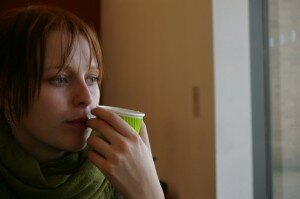100 Things I Want To Learn (More) About… Updated!
Sunday, October 3rd, 2010A couple of friends started to write their own lists and a couple even made it up to 100. Recently Pete Hindle, returned to his list of 50 things and updated it with comments as to what had been achieved and his current thoughts on his list. Pete almost died and so has a) a really good excuse for not finishing things on his list b) his life has changed drastically which definitely changed his opinion about some of his learning items. It will be interesting to see if the life changes I’ve gone through (finally meeting a good man, getting a job, getting another job, travelling away from Berlin a lot) have affected how I feel about items on my list.
100 Things I Want To Learn (More) About… Updated!
- Botany
Hmmm. I haven’t yet learnt to identify plants using a taxonomy. So. No. - A musical instrument: guitar or cello
Let’s just say that 360 days ago I was given a beautiful guitar and can barely play 3 chords. So this learning task is active, but moving slowly. Actually taking lessons might be the next step. - Haircutting
I can cut boys’ hair if they have some curl to hide the mistakes. The mistakes aren’t as often or severe as they used to be. But I haven’t learnt any fancy techniques (yet). - How to make a sponge cake
Really, why would I make a sponge when there are so many other amazing cakes to bake out there? Not Yet. - How to maintain my bicycle
In general I’m better at working with bikes thanks to a couple of sessions at Regenbogen Fabrik’s bike workshop. But my bike in Berlin is not currently maintained – sadly the type of maintenance I know won’t make it better, it will just keep it existing for longer. - How to make bagels
Nope. One day, when I’m making brunch for people. I do finally have a recipe I want to use. - Throat Singing
Hah. I find the idea of throat singing fascinating, but I don’t want to learn it that much. Let’s just say I may have still wanted to impress my ex at this point. -
Bookbinding
Not yet. I don’t have anything I want to bind at the moment, and it’s pretty easy to get amazing notebooks in Berlin. - Basic Arabic
Nada. But my amazing new flatmate is doing Islamic studies and she can write essays in Arabic. I know who I’m going to ask for help. - How to make better Karelian pies
I’ve not made a Karelian pie for ages. I think that visiting friends in Finland and buying Karelian pies has to be higher priority than making my own… I’m getting really good at making Spinach pancakes, one of my other Finnish food desires.(more…)
